Tag Archives: humanitarian
Microsoft’s AI tech will aid humanitarian efforts
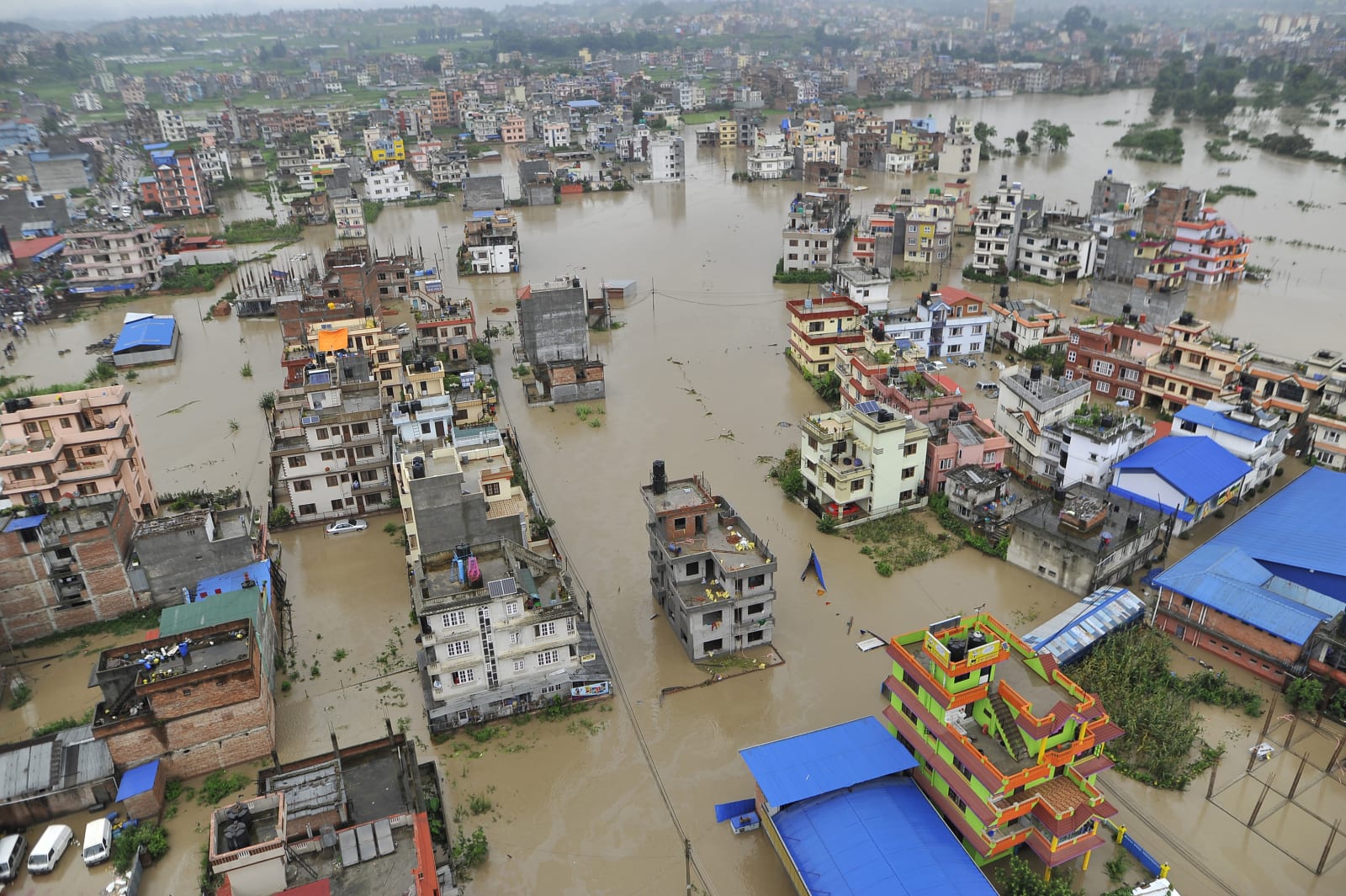 Microsoft is offering up its AI technology to those working on humanitarian efforts around the world. Over the next five years, its AI for Humanitarian Action program will put $40 million towards initiatives focused on four priorities -- disaster res...
Microsoft is offering up its AI technology to those working on humanitarian efforts around the world. Over the next five years, its AI for Humanitarian Action program will put $40 million towards initiatives focused on four priorities -- disaster res...
IBM built a handheld counterfeit goods detector
 Just a month after IBM announced it's leveraging the blockchain to guarantee the provenance of diamonds, the company has revealed new AI-based technology that aims to tackle the issue of counterfeiting -- a problem that costs $1.2 trillion globally....
Just a month after IBM announced it's leveraging the blockchain to guarantee the provenance of diamonds, the company has revealed new AI-based technology that aims to tackle the issue of counterfeiting -- a problem that costs $1.2 trillion globally....
New app lets anyone spot and help migrant boats in distress
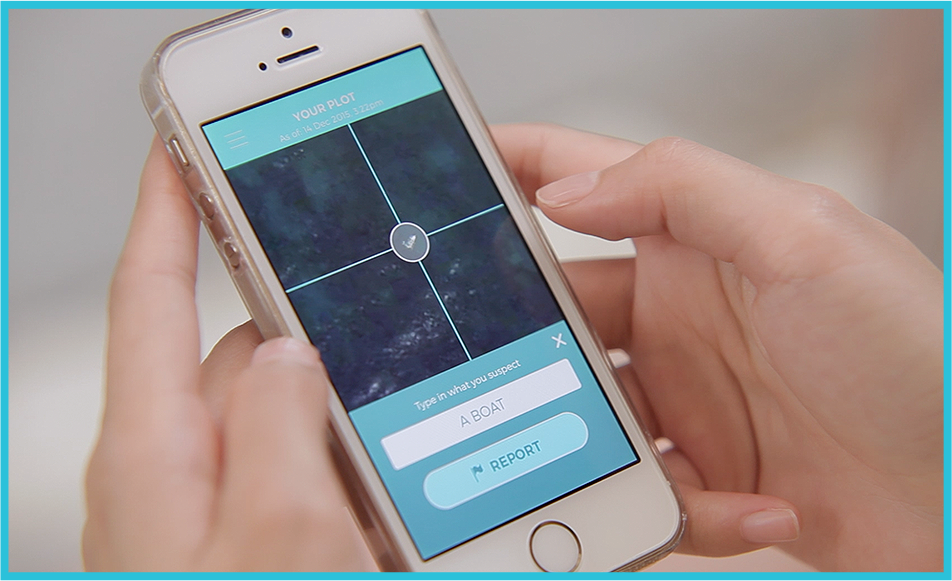 If you've ever wished you could do more to help migrants, but don't have the wherewithal to join a humanitarian group, a new app could do the trick. The Migrant Offshore Aid Station (MOAS)'s I Sea iOS app lets you scour satellite images to spot refug...
If you've ever wished you could do more to help migrants, but don't have the wherewithal to join a humanitarian group, a new app could do the trick. The Migrant Offshore Aid Station (MOAS)'s I Sea iOS app lets you scour satellite images to spot refug...
So This Lady Wants To Make A Countertop Maggot Breeding Machine, You Know… For Eating…

Yeah, so this is pretty gross. But there’s some sense in it as well. Designer and Fulbright scholar Katharina Unger wants to tackle the looming problem of overpopulation and food shortage with something she’s calling Farm 432. It’s a countertop contraption whose only purpose is to provide a fertile environment for fly larvae (otherwise known as maggots) to breed, grow, and… turn themselves into food. In as little as 18 days (or 432 hours), 1 gram of fly eggs can turn into 2.4 kilograms (5.3lbs) of theoretically edible maggots; Farm 432 just makes it simple as pie to grow and harvest them. You feed them scraps of leftover food, and very little water and the insects take care of themselves. Once the eggs hatch, and the larva have grown somewhat, they prepare to pupate and turn into flies. So they’ll look for a drier, safer place to do so, which leads them up a ramp and into an eventual trap. Once in the trap, it’s your turn to grab them and… cook them. Maggots are 72% protein, as well a lot of calcium and amino acids.
Granted this all sounds awful for a western population that generally doesn’t eat insects. But looked at through a purely practical point of view, it’s not a completely unreasonable contribution to one of mankind’s biggest problems of the relatively near future. Farm 432 only seems to have a prototype (or maybe even just some good CG renders) at the moment and we can’t find information on commercialization. We don’t expect there to be much demand for this either… for now anyway.
Hit the jump for a few more pictures, including some of the, uh, resulting food.
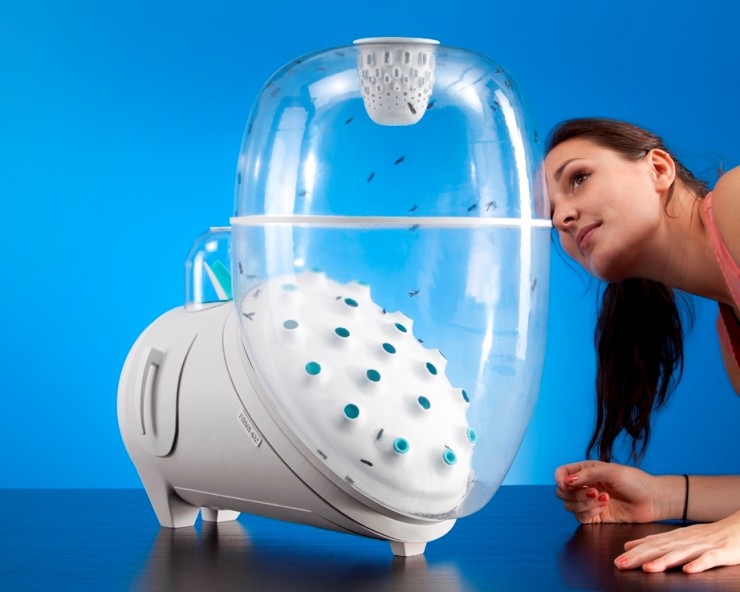
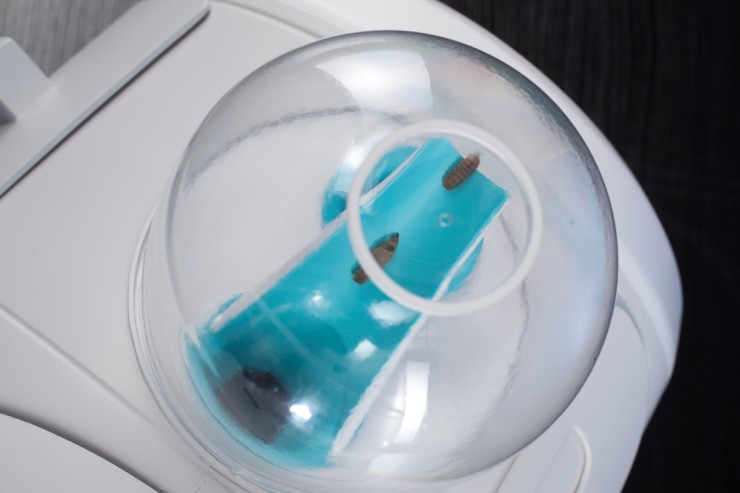
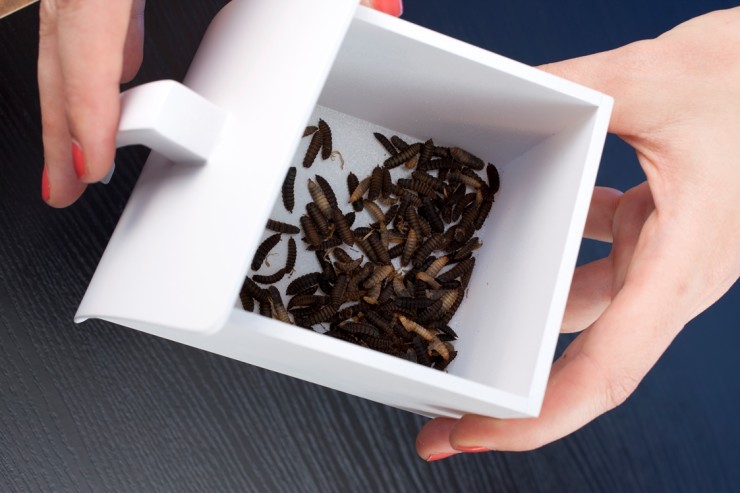
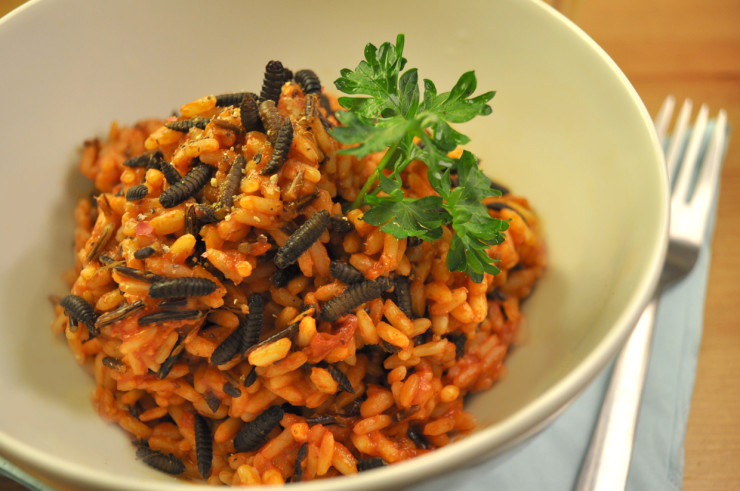
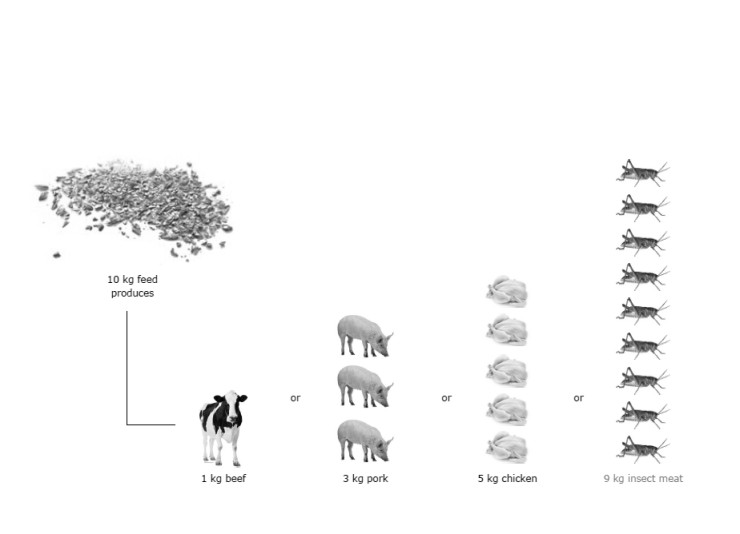
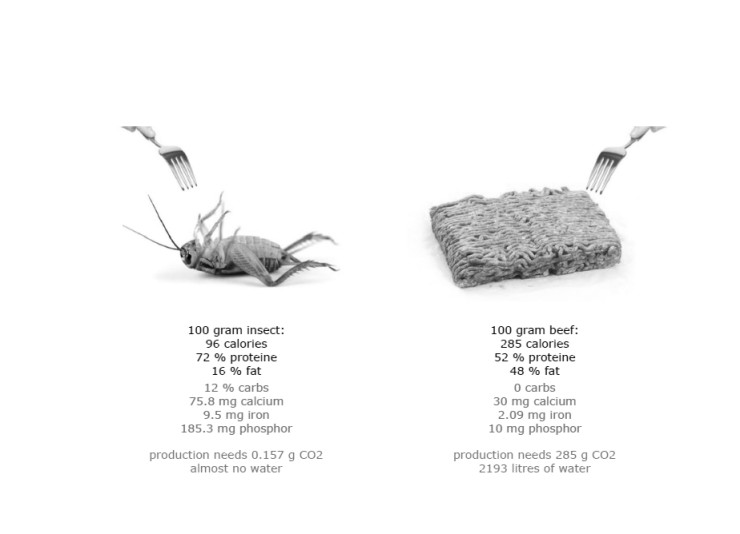
[ Product Page ] VIA [ Geekosystem ]
Home Away From Home
This temporary mobile housing design aims to provide readily available shelter to those affected by a variety emergencies and disasters such as earthquakes, tsunamis and fires. Structurally, the unit is composed almost entirely of compressed oriented strand board, making it lightweight and easy to construct. Transportable as a small cube, the design can be set and expanded by lowering one side to create a separate section for sleeping quarters.
Designer: Michel Antoun Zateef




-
Yanko Design
Timeless Designs - Explore wonderful concepts from around the world!
Yanko Design Store - We are about more than just concepts. See what's hot at the YD Store!
(Home Away From Home was originally posted on Yanko Design)
Related posts:
Smartphone-powered mine detectors readied for field-testing in Cambodia (video)
Red Lotus Technologies is now refining and pitching its PETALS technology for real-world use around the world. Short for Pattern Enhancement Tool for Assisting Landmine Sensing, the system connects acoustic sensors to smartphones, outputting a silhouette of what lies below onto the phone's screen. The company has expanded from an initial research project that paired mine-detecting sensors with the processing clout (and availability of) smartphones. It's now developed some tablet-based training equipment for de-miners and, working alongside the Landmine Relief Fund, aims to field-test the devices in Cambodia before launching them next year.
Filed under: Cellphones, Misc, Software, Mobile
Smartphone-powered mine detectors readied for field-testing in Cambodia (video) originally appeared on Engadget on Sat, 08 Sep 2012 03:47:00 EDT. Please see our terms for use of feeds.
Permalink | Red Lotus Technologies | Email this | Comments
Red Lotus Technologies | Email this | Comments Water to the Rescue
One of the major challenges for those effected by natural flood disasters is finding clean drinking water. The Source of Water concept aims to help those in need get clean water quickly and conveniently. The design is based on a simple principle that water pressure around the tube will push through the purifying layers, producing drinkable water with very little effort. The user simply has to drop the tubular filter in the center of the cross within the buoyant ring and remove when full.
Designer: Wang Can




-
Yanko Design
Timeless Designs - Explore wonderful concepts from around the world!
Yanko Design Store - We are about more than just concepts. See what's hot at the YD Store!
(Water to the Rescue was originally posted on Yanko Design)
Related posts:
Google Earth utilized by HALO Trust to clear minefields in Cambodia, Angola
Sure, Google Earth is a neat program to play around with and it's easy to take for granted, but plenty of groups are taking advantage of the technology to help improve -- and save -- lives all over the world. One such organization is the HALO Trust, a group that's dedicated to clearing war-riddled countries (such as Cambodia and Angola) of minefields. Taking advantage of Google Earth, the Trust has been able to survey land, validate data and produce maps for governments and other organizations, thus making a huge impact on people left impoverished as a result of these minefields. Check out the video below to learn more about the HALO Trust's efforts, and head to the More Coverage links if you're curious to see how this group is working with Google to make a difference.
Relive the memories in our liveblog... right here!
Continue reading Google Earth utilized by HALO Trust to clear minefields in Cambodia, Angola
Google Earth utilized by HALO Trust to clear minefields in Cambodia, Angola originally appeared on Engadget on Wed, 06 Jun 2012 13:36:00 EDT. Please see our terms for use of feeds.
Permalink | | Email this | Comments


